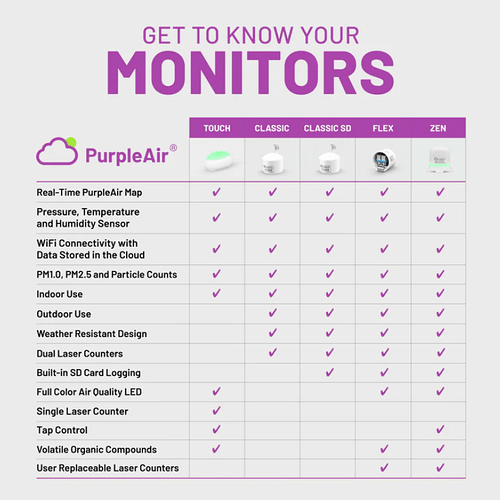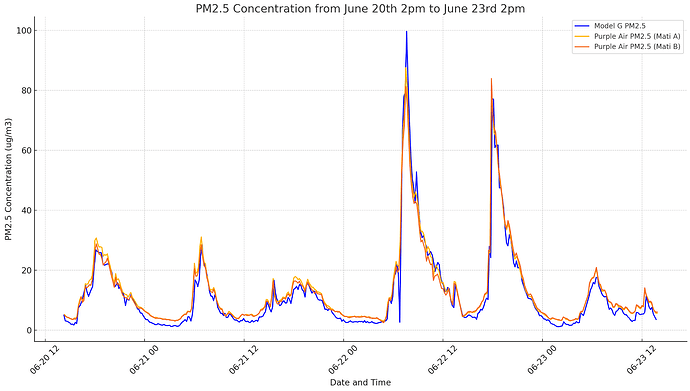While my website initially focused mostly on outdoor air quality, that changed over time as the pandemic hit. Despite my interest in outdoor air pollution ([that is the reason I started my blog] (BreatheSafeAir • About Me)!), I recognised that there was a much more pressing matter at hand: indoor air pollution.
While the pandemic is far from over, I now have more time to focus on outdoor air quality monitors again. Recently, I was finally able to review my first dedicated outdoor air quality monitor - the AirGradient Open Air. I was impressed with the monitor and loved how much insight it gave me into the concentrations and make-up of outdoor air. Since that review, I’ve wondered how other outdoor air quality monitors perform.
I have the Purple Air Zen on the way for testing. Still, in the meantime, I wanted to start compiling a list of outdoor air quality monitors that are in a relatively similar price range (within reach for most consumers) and have a similar feature set. While I’m sure I’ve missed many, as this list is just off the top of my head, here are the monitors I’ve looked at so far.
| Air Quality Monitor | Pollutants Measured | Sensors | Cost |
|---|---|---|---|
| AirGradient Open Air | PM (PM1.0, PM2.5, PM10) & CO2 (on newer models) | PMS5003T, S8 | $125 (DIY), $190 (Assembled) |
| PurpleAir Classic | PM (PM1.0, PM2.5, PM10) | 2x PMS5003 | $229 |
| PurpleAir Flex | PM (PM1.0, PM2.5, PM10), Pressure, Temperature, Humidity & Gas | 2x PMS6003, BME688 | $289 |
| PurpleAir Zen | PM (PM1.0, PM2.5, PM10), Pressure, Temperature, Humidity & Gas | 2x PMS6003, BME688 | $299 |
| AirVisual Outdoor | PM (PM1.0, PM2.5, PM10), temperature, humidity, air pressure, & CO2 (optional) | (unsure. Likely IQAir co-developed sensors as with the AirVisual Pro) | €319.00 |
As I mentioned, this list of outdoor air quality monitors is far from complete, and I’m sure I’ve missed many. However, both for my own sake and anybody considering an outdoor air quality monitor, I will update this in the future as more monitors come across my radar!








